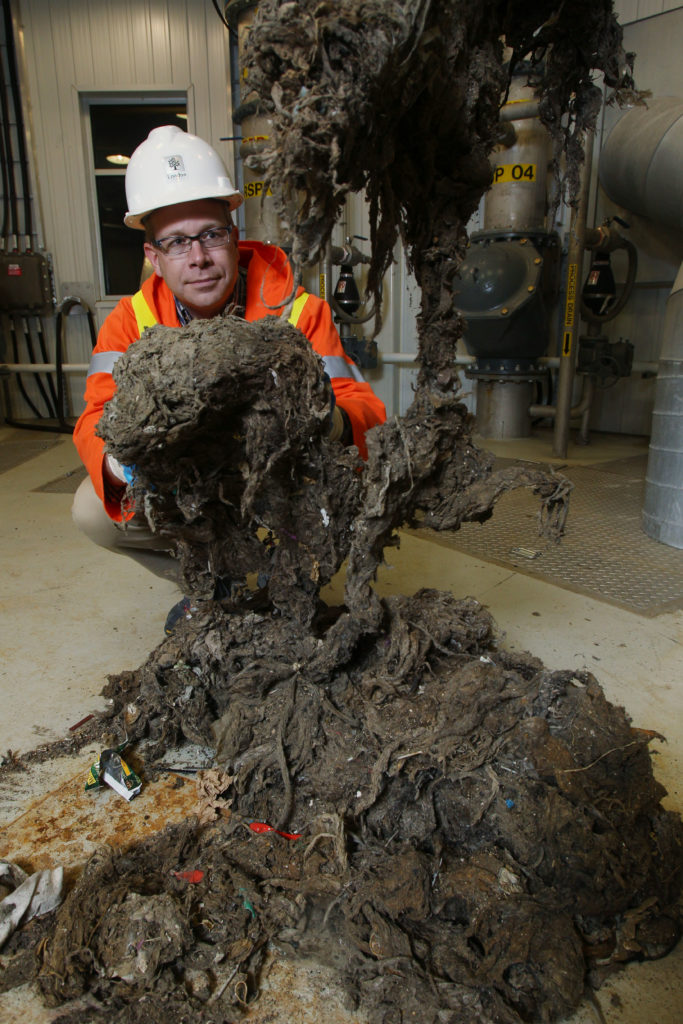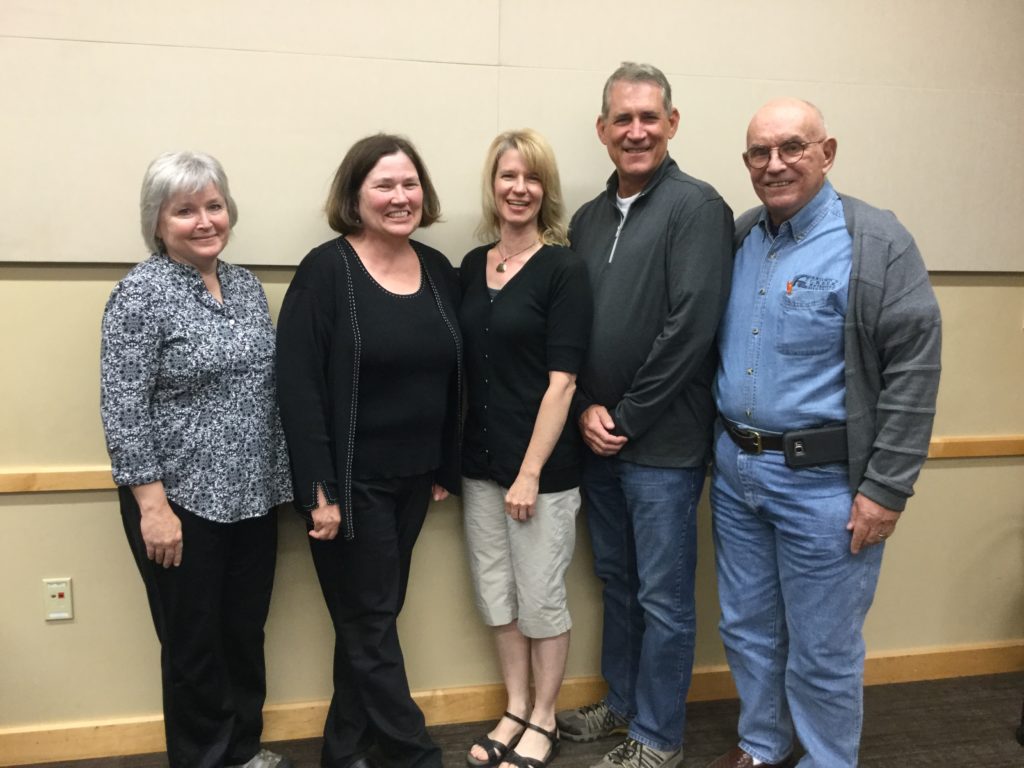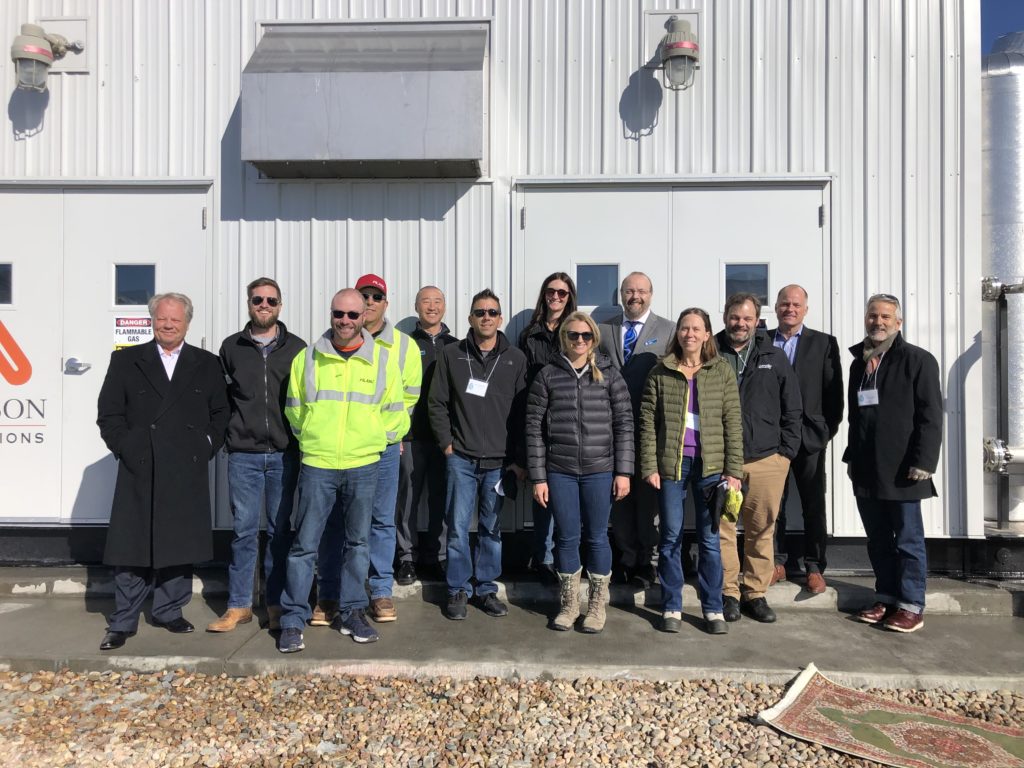Effectively tackling emerging threats to public health and the environment requires water professionals to be agile; adaptable; and able to develop, implement, and operate new innovations that advance the way the sector approaches its work.
In August, the Water Environment Federation (WEF; Alexandria, Virginia) announced the winners of its 2020 WEF Awards for Operational and Design Excellence. Awardees, comprising individuals, organizations, and projects, have made outstanding contributions to the water profession through their new ideas and transformative efforts.
“The Water Environment Federation is extremely proud to honor these examples of top-of-industry excellence in operations and design,” said 2019-2020 WEF President Jackie Jarrell.
Collections Systems Award
This year’s Collections Systems Award went to Barry Orr, Sewer Outreach and Control Inspector for the City of London, Ontario, Canada.
During his career, Orr has garnered worldwide acclaim for his efforts to stem the tide of woven wipes, personal care products, and other destructive non-flushables deposited into collections systems via toilets. In addition to his technical work on the systems that keep London’s wastewater flowing, Orr supports several outreach initiatives focused on non-flushables that reach beyond jurisdictional borders.

For one, Orr plays an integral role in the Municipal Enforcement Sewer Use Group, an Ontario-wide organization of environmental professionals focused on keeping water resource recovery facilities (WRRFs) working as intended. Activities of the group include modifying collections systems bylaws, providing operator training, undertaking outreach efforts, and more. As a resident wastewater expert of the Standards Council of Canada, Orr played a leading role in an international working group that defined the term “flushable” and developed manufacturing guidelines for the wipes industry to follow. The resulting guidance, ISO Technical Report 24524, is now being used as the basis for legislation against non-flushables in Canada, the U.S., Australia, and beyond.
Throughout his career, Orr has helped develop outside-the-box outreach programs that have led to measurable changes in customer behavior. For example, Orr collaborated with manufacturers to develop the “Your Turn” cup, a bio-degradable receptacle intended to help households manage their fats, oils, and greases (FOGs) without dumping them down sinks. To date, Orr and his colleagues have handed out over 15,000 cups and have made them available for purchase at local stores in Ontario. Orr also works alongside Water Canada to produce “The Adventures of Fatberg” comic strip, which brings the issue of FOG-related blockages into households across the country.
Water Quality Improvement Award
Brown’s Creek Watershed District in Oakdale, Minnesota, won this year’s Water Quality Improvement Award for its comprehensive protection of one of the last remaining trout habitats in the Twin Cities Metropolitan area over more than two decades.
Working within 149 sub-watersheds of Brown’s Creek and its tributaries, Brown’s Creek Watershed District maintains an extensive monitoring network that provides up-to-the-minute information about such factors as groundwater supplies, creek baseflow, and temperature, all of which are major determinants of the trout population’s health.

The district has employed many site-specific infrastructure designs that reduce the flow of urban pollutants into Brown’s Creek and demonstrate the potential of green infrastructure. For example, the agency routinely builds rock cribs and iron-enhanced sand filters, as well as projects that capture and reuse stormwater without compromising the sensitive stream conditions on which the trout population depends.
Since the district’s establishment, Brown’s Creek has demonstrated consistently positive trends that outline declining dissolved oxygen, nitrogen loads, and total suspended solids, as well as healthy macroinvertebrate populations. Judges also praised the district for its proactiveness; a recently passed plan outlines 97 specific goals to address 15 major watershed issues by 2026, according to submission materials.
Morgan Operational Solutions Award
Located about 32 km (20 mi) south of Los Angeles, the Terminal Island Water Reclamation Plant managed by the City of Los Angeles Bureau of Sanitation recently received a spate of upgrades that enable unprecedented degrees of potable reuse. The groundbreaking project earned this year’s Morgan Operational Solutions Award.
The upgrades, commissioned in 2017, effectively doubled the WRRF’s production of potable water to 54,500 m3/d (12 mgd), which amounts to the WRRF’s entire incoming flow of influent. By reusing all the wastewater it receives, the facility managed to end its previous practice of discharging effluent into the Los Angeles Harbor and instead provide additional water supplies for a region that routinely struggles with chronic drought.
In addition to expanding existing microfiltration and reverse osmosis systems, the facility installed the first ultraviolet-and-chlorine-based advanced oxidation treatment scheme in the U.S. After seeing results from the Terminal Island WRRF, many facilities are now eyeing the technology themselves, according to submission documents.
The upgrade project was not without its hurdles. When staff implemented the new advanced oxidation treatment system, the recycled water it produced contained higher concentrations of bromate than allowed by regulators. After undertaking several tests and trialing countless potential solutions, the agency refined the process by implementing an ammonia control strategy for influent entering the WRRF. Reducing ammonia before the advanced oxidation process inhibits bromate formation without compromising efficiency.
Innovative Technology Awards
WEF’s Innovative Technology Award recognizes equipment manufacturers that provide new products or services with the potential to streamline operations, improve efficiency, and bring cutting-edge technology into the WRRF environment. This year, two programs for monitoring and maintenance developed by RJN Group (Wheaton, Illinois) and Xylem, Inc. (Rye Brook, New York), earned the awards.
The new Clarity™ platform from RJN Group offers data about both asset condition and water flows across a utility service area in a single, digital interface, uniting crucial data points that typically are monitored separately. In addition to providing a more convenient monitoring experience for operators, the system also features new predictive analysis tools to help WRRFs prepare for the effects of major storms and increased flows before they occur. After a storm event, the platform enables users to visualize exactly where and when precipitation occurred within the service area, as well as the storm’s effects on inflow and infiltration rates.
Xylem’s Flygt MAS 801 pump monitoring system helps usher in a new era for pump-station operations and maintenance. The platform, which easily integrates into existing monitoring and control systems, considers historical pump data alongside real-time station health checks to detect and predict pump failures before they damage critical infrastructure that protects communities from flooding and backups. By incorporating predictive analysis tools, the Flygt MAS 801 system offers a 15% reduction in the time it takes an operator to perform typical diagnostics, according to nomination materials. Additionally, whereas conventional pump monitoring systems each support only one pump station, a single Flygt MAS 801 system can manage up to 10 pump stations, complete with remote access capabilities.
Project Excellence
Finally, WEF celebrated four WRRF upgrade initiatives as winners of the 2020 WEF Project Excellence Awards. The recognized projects were undertaken by Hampton Roads Sanitation District (HRSD; Virginia Beach, Virginia); South Platte (Colorado) Water Renewal Partners; the City of Pueblo, Colorado; and the San Antonio (Texas) River Authority, as well as their partners.
The Virginia Initiative Plant Nutrient Reduction Improvements Project, a collaboration between HRSD, HDR (Omaha, Nebraska), and MEB General Contractors (Chesapeake, Virginia), aimed to lower nutrient discharges, expand hydraulic capacity, and replace aging equipment at HRSD’s Virginia Initiative Plant. The $161 million project entailed developing a new bioreactor, a preliminary treatment facility, and an influent pump station, all of which combine to increase the WRRF’s peak flow capacity by about 25% while ensuring compliance with nutrient removal requirements.

South Platte Water Renewal Partners recently unveiled the state’s first Gas Recovery Facility and Pipeline Injection Project, a collaboration between the utility, Carollo Engineers (Walnut Creek, California), and J.R. Filanc Construction (Escondido, California). The system recovers and cleans methane gas generated during the wastewater treatment process, preparing it for safe injection into an existing natural-gas pipeline. Capturing the facility’s methane gas aims to reduce the community’s greenhouse gas emissions by as much as 5,000 metric tons per year, while also generating revenue by selling the captured gas to pipeline operators.
The City of Pueblo partnered with Brown and Caldwell (Walnut Creek, California) and Myers and Sons Construction (Sacramento) on its J.R. Dilorio Water Reclamation Facility Enhanced Nutrient Removal Project. Facing new regulatory requirements aimed at reducing nutrient pollution and rehabilitating aging infrastructure, the Dilorio WRRF implemented a new nutrient-removal process intensification solution known as Ntensify™. Installing the solution, which combines advanced aeration control with hydrocyclone-based wasting, enabled the facility to increase process capacity by about 30%, practically eliminate chemical requirements, and slash aeration energy demands at a fraction of the cost of conventional solutions.
In Texas, the San Antonio River Authority worked with Lockwood, Andrews & Newnam (Houston) and software developer RESPEC (Rapid City, South Dakota) to develop the San Antonio River Authority Water Quality Master Planning Project. As part of the project, the agencies developed several innovative tools to help curb nutrient deposits from stormwater runoff into the San Antonio River. The tools, able to be used by the entire stormwater profession for planning and nutrient-reduction purposes, consider both rural and urban settings and include several green infrastructure solutions.
Learn more about the WEF Awards at the WEF website.
— Justin Jacques, WEF Highlights








October 16, 2020
Achievements